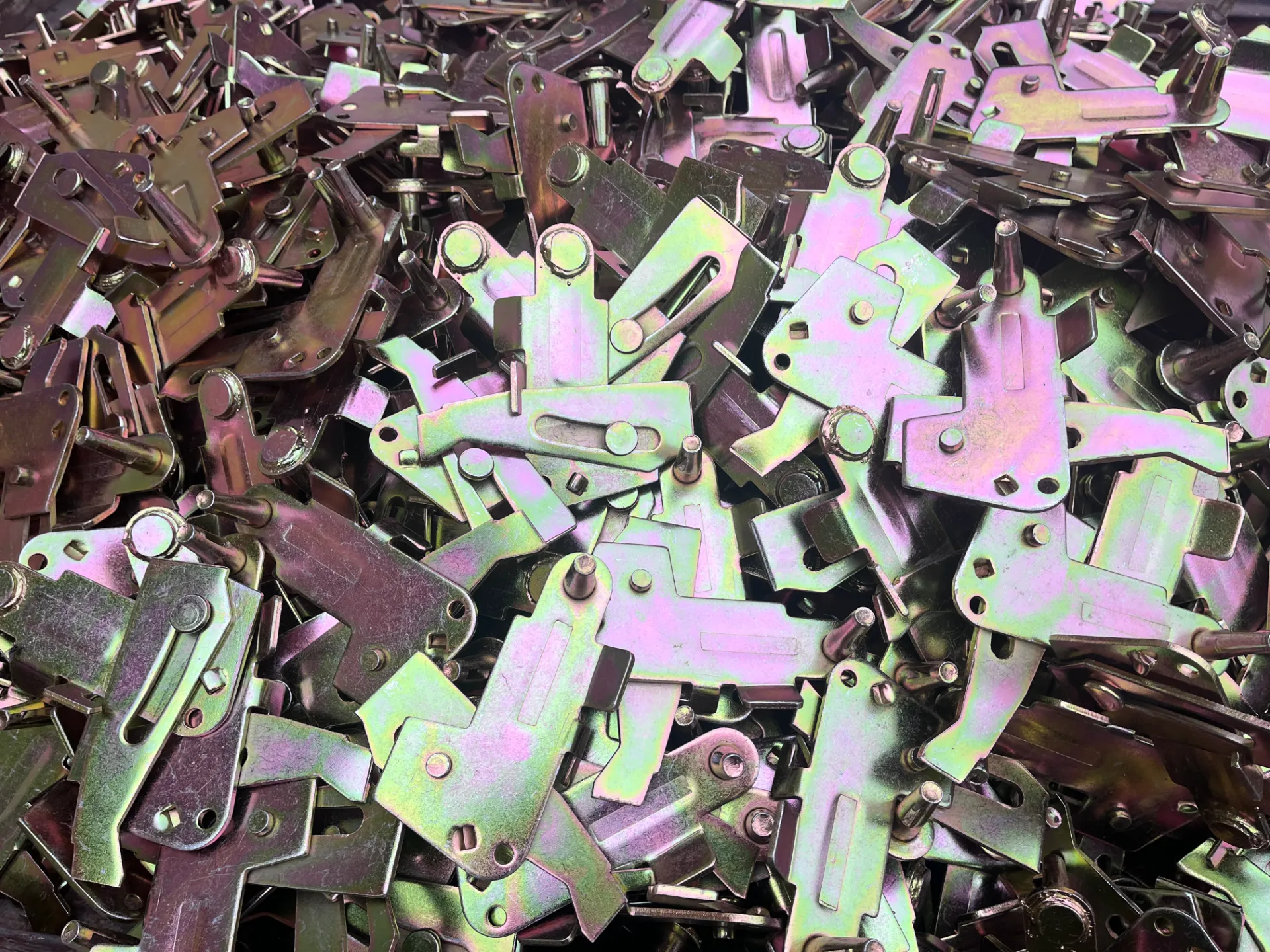- Phone: +86 132 8320 1810
- Email: annie@wrkgroup.ltd
-
- Afrikaans
- Albanian
- Amharic
- Arabic
- Armenian
- Azerbaijani
- Basque
- Belarusian
- Bengali
- Bosnian
- Bulgarian
- Catalan
- Cebuano
- China
- China (Taiwan)
- Corsican
- Croatian
- Czech
- Danish
- Dutch
- English
- Esperanto
- Estonian
- Finnish
- French
- Frisian
- Galician
- Georgian
- German
- Greek
- Gujarati
- Haitian Creole
- hausa
- hawaiian
- Hebrew
- Hindi
- Miao
- Indonesian
- Italian
- Japanese
- Javanese
- Malay
- Persian
- Portuguese
- Punjabi
- Russian
- Spanish
- Swahili
- Telugu
- Vietnamese
פבר . 08, 2025 05:24 Back To List
shuttering in construction
In the ever-evolving world of construction, the term shuttering holds significant value, acting as a cornerstone in the realm of concrete formwork. Shuttering, commonly referred to as formwork, involves the temporary moulds into which concrete is poured to achieve the desired structural shape. This vital process ensures that concrete structures are both stable and durable, catering to a myriad of architectural and civil engineering projects worldwide.
In addition to material choice and quality assurance, innovative technologies revolutionize shuttering practices. The integration of advanced materials such as aluminum alloys and plastic composites offer lightweight, reusable, and highly durable forms that cater to both straightforward and intricate designs. Moreover, Modular formwork systems have simplified and sped up assembly processes, reducing labor costs while increasing efficiency. 3D printing has even begun to make inroads, offering unprecedented flexibility in creating highly complex designs directly on-site. Professionals in the construction industry, aware of the implications and demands of sustainable practices, are also focusing on eco-friendly shuttering solutions. Reducing waste and improving material efficiencies aligns with broader environmental goals, encouraging the use of biodegradable and recyclable materials. Such innovations not only reduce the carbon footprint of construction projects but also enhance the sustainability profiles of these endeavors, demonstrating a responsible commitment to global ecological standards. Real-life case studies further exemplify the expertise and efficacy of superior shuttering practices. Major infrastructure projects, such as high-rise buildings, bridges, and dams, rely heavily on precision shuttering to meet intense demands for safety and durability. Insights gained from these large-scale applications often trickle down to smaller projects, facilitating continuous improvements in formwork practices across the field. In conclusion, shuttering in construction transcends its role as a mere support system; it serves as a bedrock of quality, precision, and efficiency in concrete formation. The choice of appropriate shuttering materials, adherence to industry standards, adoption of innovative technologies, and commitment to sustainable practices are pivotal to achieving excellent construction outcomes. As the industry continues to evolve, the symbiosis of traditional expertise with modern advancements in shuttering will remain integral to building the infrastructure of tomorrow.


In addition to material choice and quality assurance, innovative technologies revolutionize shuttering practices. The integration of advanced materials such as aluminum alloys and plastic composites offer lightweight, reusable, and highly durable forms that cater to both straightforward and intricate designs. Moreover, Modular formwork systems have simplified and sped up assembly processes, reducing labor costs while increasing efficiency. 3D printing has even begun to make inroads, offering unprecedented flexibility in creating highly complex designs directly on-site. Professionals in the construction industry, aware of the implications and demands of sustainable practices, are also focusing on eco-friendly shuttering solutions. Reducing waste and improving material efficiencies aligns with broader environmental goals, encouraging the use of biodegradable and recyclable materials. Such innovations not only reduce the carbon footprint of construction projects but also enhance the sustainability profiles of these endeavors, demonstrating a responsible commitment to global ecological standards. Real-life case studies further exemplify the expertise and efficacy of superior shuttering practices. Major infrastructure projects, such as high-rise buildings, bridges, and dams, rely heavily on precision shuttering to meet intense demands for safety and durability. Insights gained from these large-scale applications often trickle down to smaller projects, facilitating continuous improvements in formwork practices across the field. In conclusion, shuttering in construction transcends its role as a mere support system; it serves as a bedrock of quality, precision, and efficiency in concrete formation. The choice of appropriate shuttering materials, adherence to industry standards, adoption of innovative technologies, and commitment to sustainable practices are pivotal to achieving excellent construction outcomes. As the industry continues to evolve, the symbiosis of traditional expertise with modern advancements in shuttering will remain integral to building the infrastructure of tomorrow.
Next:
Latest News
-
Formwork for In Situ Concrete | AI-Optimized SolutionsNewsAug.02,2025
-
Premium Screw Jacks Scaffolding Systems - Efficient Height ControlNewsAug.01,2025
-
Durable Concrete Form Ties Enhanced with AI | Buy OnlineNewsJul.31,2025
-
High-Quality Roofing Materials for Durable Building SolutionsNewsJul.30,2025
-
High-Quality Scaffolding Pins for Sale – Durable & Secure Scaffold Toggle PinsNewsJul.30,2025
-
High-Quality Scaffold Coupling Pins for Secure ConnectionsNewsJul.29,2025
Products categories











